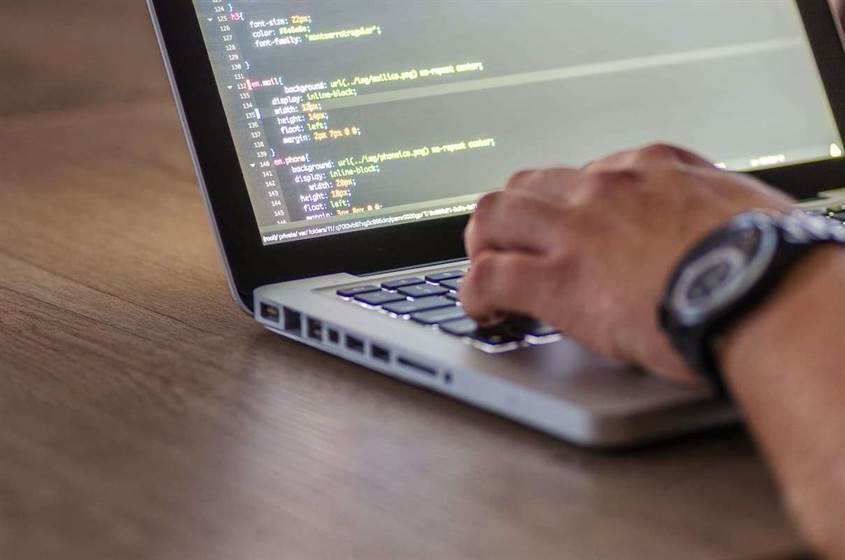It’s also best practice to consider your particular product and its use when determining inspection frequency. Are you manufacturing a high-end https://www.globalcloudteam.com/ product that discerning consumers may find fault with? You’ll want to conduct more frequent inspections for high-end or high-risk products.

A professional inspector will notice defects and evaluate their category by himself. But it is better if the buyer himself describes the most frequent defects and assigns categories to each one. For these situations only, the inspector can choose a “special level”. The relevant standards propose a standard severity, called “normal level”, which is designed to balance these two imperatives in the most efficient manner.
Quality Control Inspector
You can collaborate with your teams in real-time to conduct inspections real quick. You can build a closed-loop system to connect all the quality processes and gain more control over product quality. You can easily detect the production issues with inline inspections before it leads to product failure or any catastrophic event.

In addition, they ensure that the products are properly packaged and correctly loaded for shipping and customs inspection at the destination. Factory inspections for non-conformity determine whether a completed product meets the customer’s specification requirements. Inspected units are marked according to the severity level of any characteristics which don’t meet accepted standards. In this article, we’ll cover the types of quality control inspections, specifically for manufacturers.
Insight Quality Services Helps You Ensure Great Quality
Automated retrieval programs (commonly called “robots” or “bots”) can cause delays and interfere with other customers’ timely access to information. Therefore, bot activity that doesn’t conform to BLS usage policy is prohibited. Inspections on processed and perishable foods are done in accordance with https://www.globalcloudteam.com/glossary/inspection/ the guidelines of the WHO Food Code . Quality has been defined as fitness for use, conformance to requirements, and the pursuit of excellence. Even though the concept of quality has existed from early times, the study and definition of quality have been given prominence only in the last century.

Quality was thus precisely defined using devices such as plug gauges and ring gauges. However, this did not address the problem of defective items; recycling or disposing of the waste adds to the cost of production, as does trying to reduce the defect rate. Various methods have been proposed to prioritize quality control issues and determine whether to leave them unaddressed or use quality assurance techniques to improve and stabilize production. Early stone tools such as anvils had no holes and were not designed as interchangeable parts.
Quality Control vs. Quality Assurance
This step firmly establishes whether the manufacturer will be able to deliver a quality product using the correct materials and manufacturing process. How can you be sure your manufacturer is producing products that meet your expectations? By carrying out quality control inspections before, during, and after production. In addition, using accredited third-party quality control inspectors will ensure that inspections are done according to local and international standards.
If issues are raised at this stage,the factory can immediately take some corrective actions and avoid delays. After all, the products were made based on an agreed-on specification, right? The typical approach is to use these specs as a checklist, to guide the control process.
Pre-production inspection (a.k.a. “initial production inspection”)
Quality control and quality assurance are terms often used to define the same thing, but there are distinct differences. Quality control focuses on quality requirements, such as ensuring a part meets specifications. Quality assurance refers to the sum of all actions and processes needed to demonstrate that quality requirements are fulfilled. Quality testing is generally completed in each step of a manufacturing or business process.
- An examination vessel is a craft used to inspect ships entering or leaving a port during wartime.
- Good quality control helps companies meet consumer demands for better products.
- These tests include drop tests, UL electrical standards, cycle tests, and rust and other metal tests.
- Math skills – data reporting, measuring, calibrating, and calculating specifications are just some of the many skills you should possess.
- This way, a 2nd “spot” inspection can give an idea of how seriously the control was performed.
As we have already discussed before, some businesses consider inspections as a final product quality check. It is high time businesses should rethink their inspection processes. Streamlining inspections right from the start can help to reduce the scrap and low-quality products.
Food Inspections
Chemical testing required for certain products cannot be performed on-site at factories. A Discussion Of The Software Quality Assurance Role The inability to identify who are actually customers limits the ability of software quality assurance engineers in the performance of their duties. Correcting this oversight enables the SQA engineer to provide greater value to customers by assuming the role of auditor as well as that of software and systems engineer. The quality profession expanded to include the quality assurance and quality audit functions. The drivers of independent verification of quality were primarily industries in which public health and safety were paramount.
The key is that quality control is about the entire process a product must go through to ensure that the product is up to standard. No matter how detailed your quality standards, inspections won’t do much unless you conduct them at a sensible frequency. Choosing how often you inspect your goods is a critical decision. You must report the incidents and the action plan implemented to the management; it will help them make informed business decisions.
What Are the 4 Types of Quality Control?
And let’s say you want the inspector to check all the product functions on a few samples. If you have two different products , you should do two separate inspections. If you inspect them together, one product might be accepted even though it presents too many defects.
